Seventy Years of Design with Ralph Rapson
Curated Mid-Century Modern Home Listings Across America 🇺🇸
Ralph Rapson (September 13, 1914 – March 29, 2008) was among the first group of architects chosen for Arts & Architecture’s Case-Study House Program and made an impact onAmerica’s modernist movement over a storied seventy-year career.
Born with deformed right arm, which was amputated at birth, Rapson mastered drawing with his left hand (his fun and intricate drawing style become a beloved hallmark of his work in the years to come). The Michigan-native then pursued architectural studies at the University of Michigan and later the Cranbrook Academy of Art, under the mentorship of Eliel Saarinen.
During his time at Cranbrook, Rapson collaborated with Charles Eames, Harry Bertoia, and Harry Weese (before they were legends). Rapson’s design philosophy, characterized by a harmonious blend of functionality and aesthetic simplicity, began to take shape in his early work. Rapson's first professional experiences included working with Saarinen's architectural office (1940-1941) and various projects with George Fred Keck in Chicago (1941). Rapson was chosen by John Entenza and included the original Case Study Program Announcment in Arts & Architecture. His resulting project, Case Study House No. 4 (Greenbelt House), was an imaginative take on a city lot that connected to nature with a large internal atrium. The ambitious vision was never built, but helped make a name for the 31 year old architect.


One of Rapson's most acclaimed projects was the original Guthrie Theater in Minneapolis, completed in 1963. The design was celebrated for its modernist approach and functional adaptability, serving as a cultural landmark until its demolition in 2006. Another significant contribution to Minneapolis's architectural landscape is the Riverside Plaza (formerly Cedar Square West), completed in 1973. This complex exemplifies Rapson's commitment to imaginative urban housing solutions and remains a distinctive feature of the city's skyline.
Beyond architecture, Rapson made notable contributions to furniture design. His collaboration with Knoll produced pieces that epitomized the sleek, functional lines of mid-century modern design, further cementing his legacy in the broader field of design. The Rapson Greenbelt Rocker is still in production today.
Rapson's academic career was pretty notable too. He taught at the New Bauhaus School (now IIT Institute of Design) in Chicago under László Moholy-Nagy from 1942 to 1946 and at the Massachusetts Institute of Technology (MIT) from 1946 to 1954. In 1954, he became the head of the School of Architecture at the University of Minnesota, a position he held for three decades. During his tenure, he profoundly influenced generations of architects, fostering a curriculum that emphasized both innovative design and practical application.
Throughout his career, Rapson remained committed to the modernist principles he learned early on. Rapson continued to practice architecture for 70+ years, completing projects well into his 90s. Today, Ralph Rapson's legacy is evident in the lasting impact of his buildings and the generations of architects he mentored. His work continues to be studied and celebrated for its innovative approach and timeless design, embodying the enduring spirit of modernism in American architecture.
GEMS FOR SALE THIS WEEK
28779 Sea Ranch Way, Malibu, CA 90265
9080 Wonderland Park Ave, Los Angeles, CA 90046
12412 Deerbrook Ln, Los Angeles, CA 90049
414 Mooresque Dr, Pasadena, CA 91105
53577 Pipes Canyon Rd, Pipes Canyon, CA 92268
8089 Shay Dr, Oakland, CA 94605
511 Valewood Ln, Dayton, OH 45405
16 Riverview Drive NE, Auburn, WA 98002
1075 Chestnut St, Ann Arbor, MI 48104
2818 Las Cruces St NE, Albuquerque, NM 87110
4517 Andre St, Midland, MI 48642
455 Milford St, Burlington, CT 06013
617 Shore Walk, Sayville, NY 11782
95 Marlborough Road, Briarcliff Manor, NY 10510
83 Lower Lumber Road, Glen Spey, NY 12737





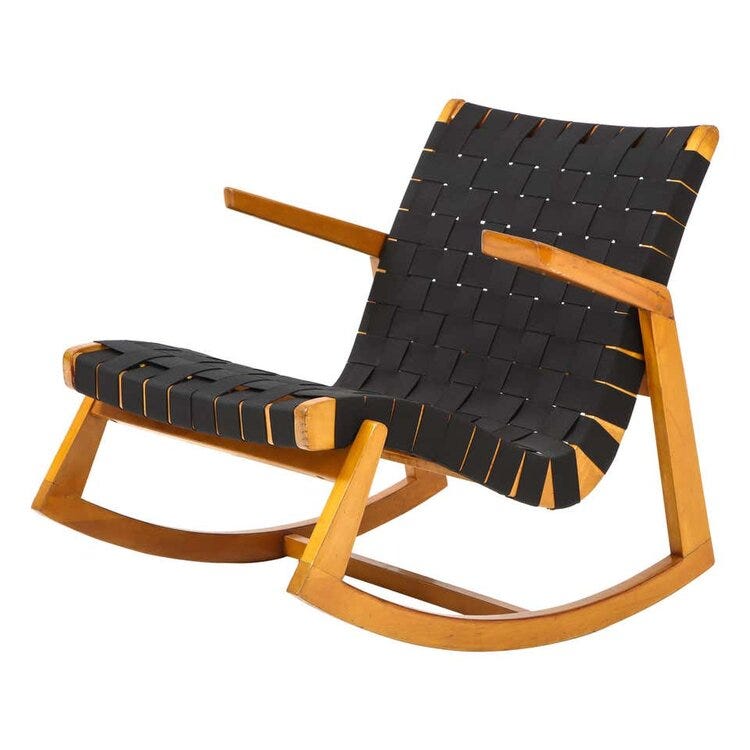
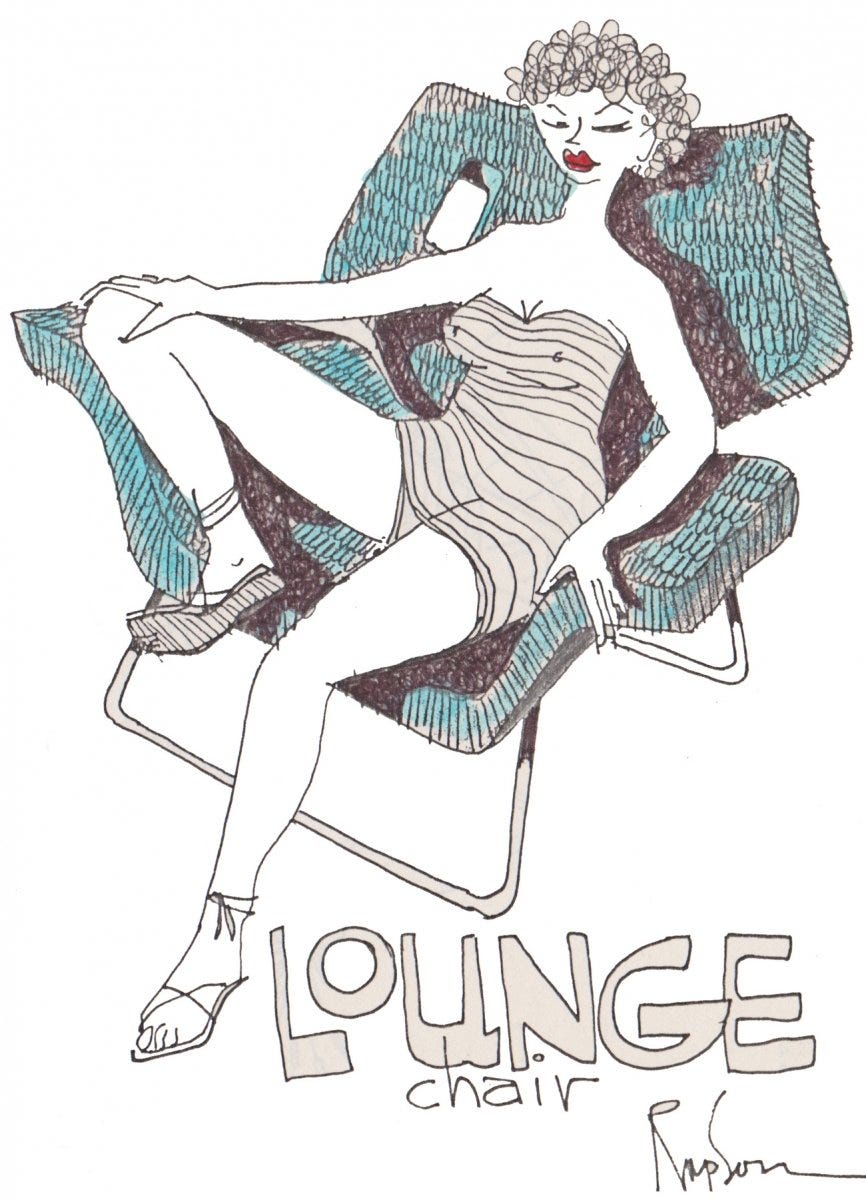
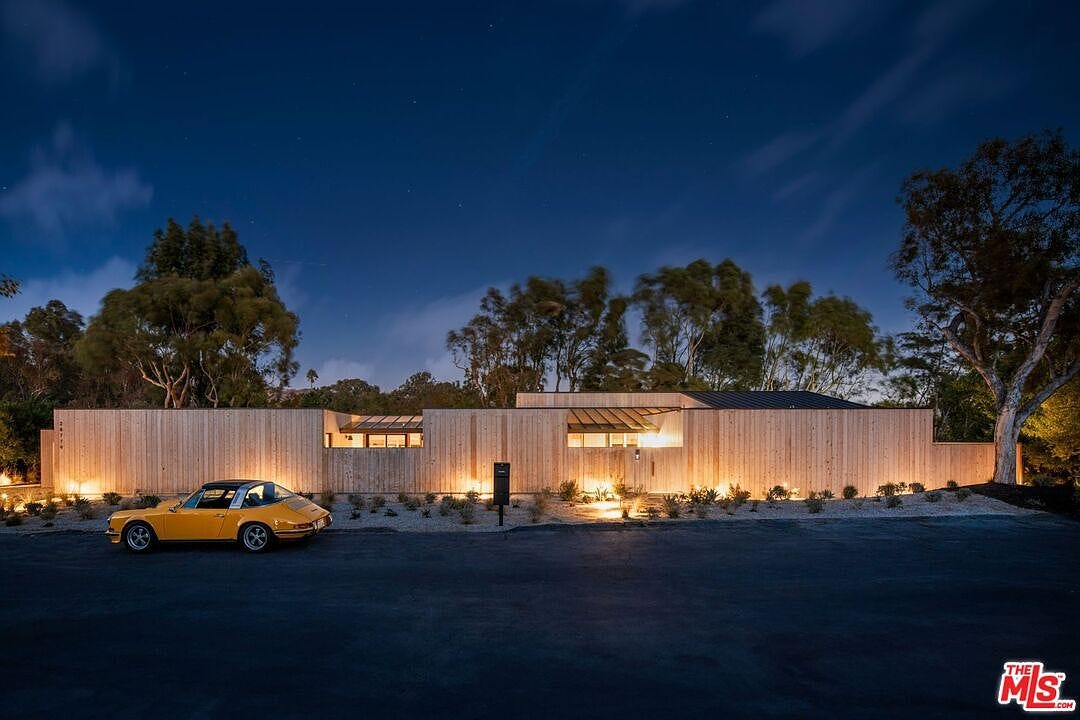
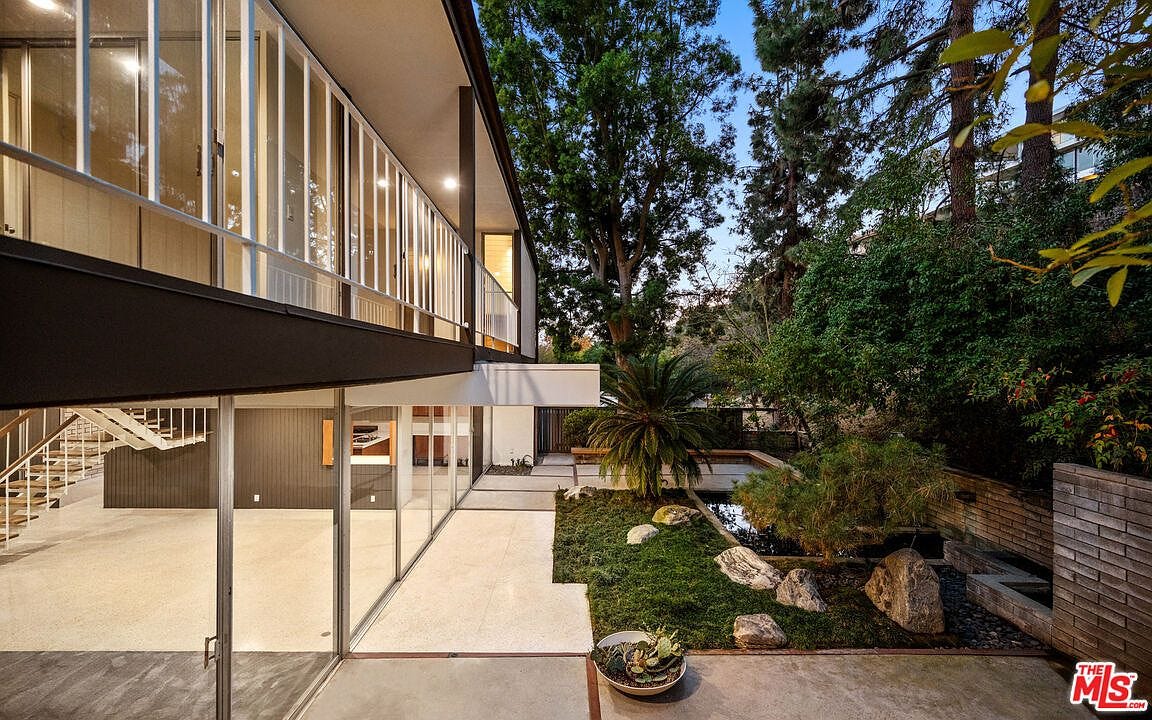
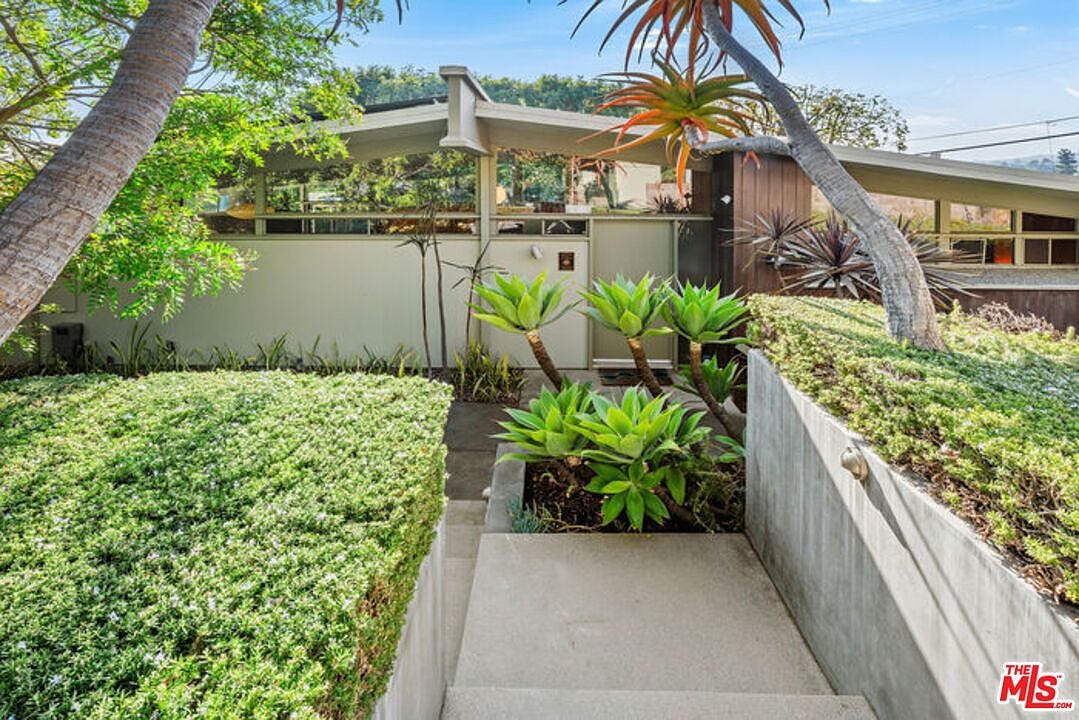

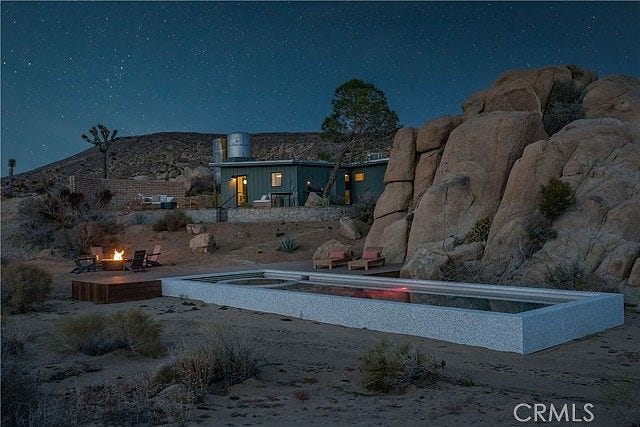
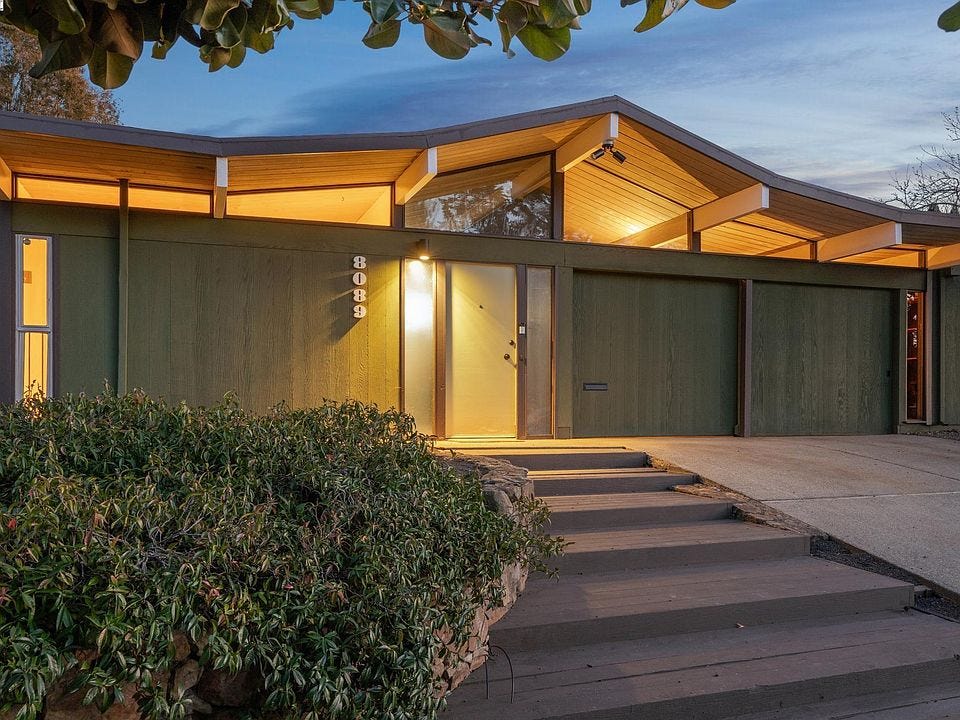

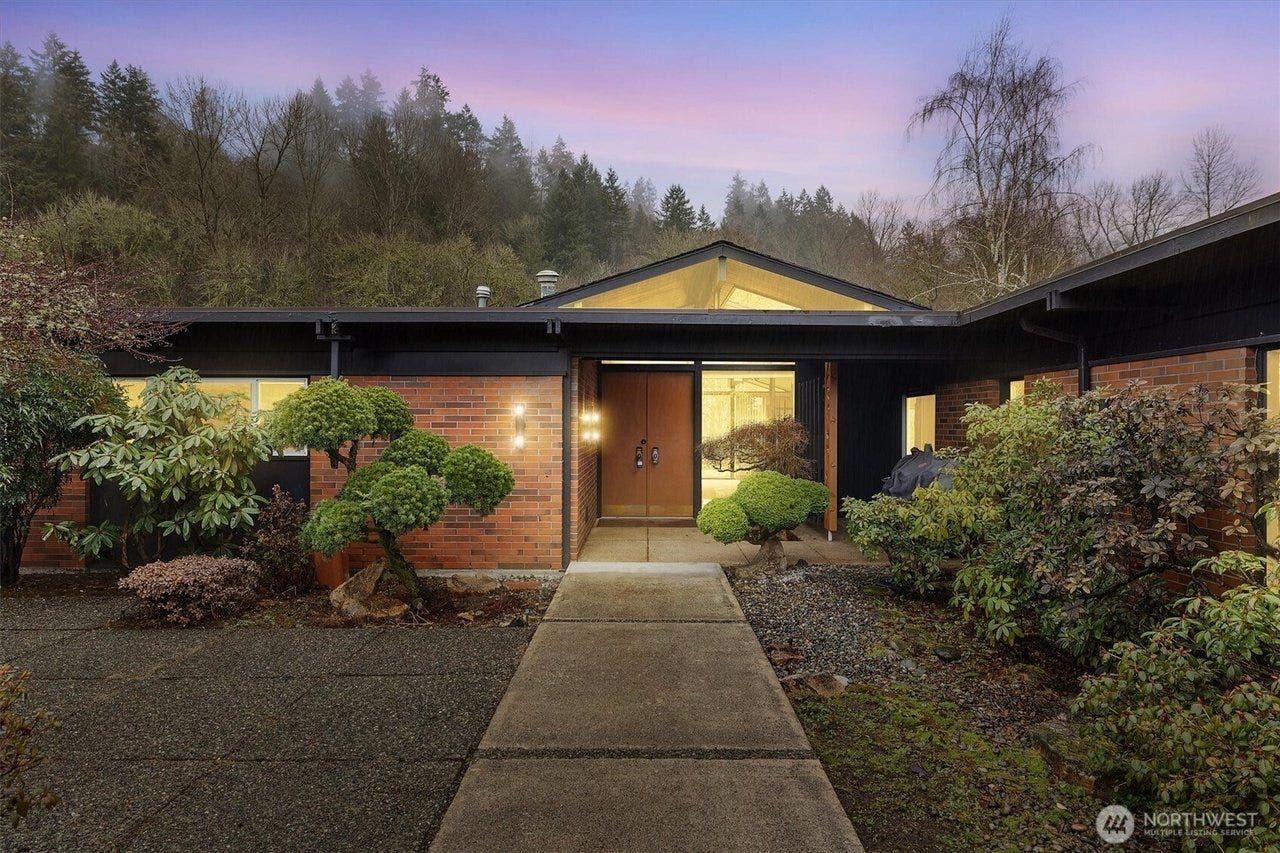

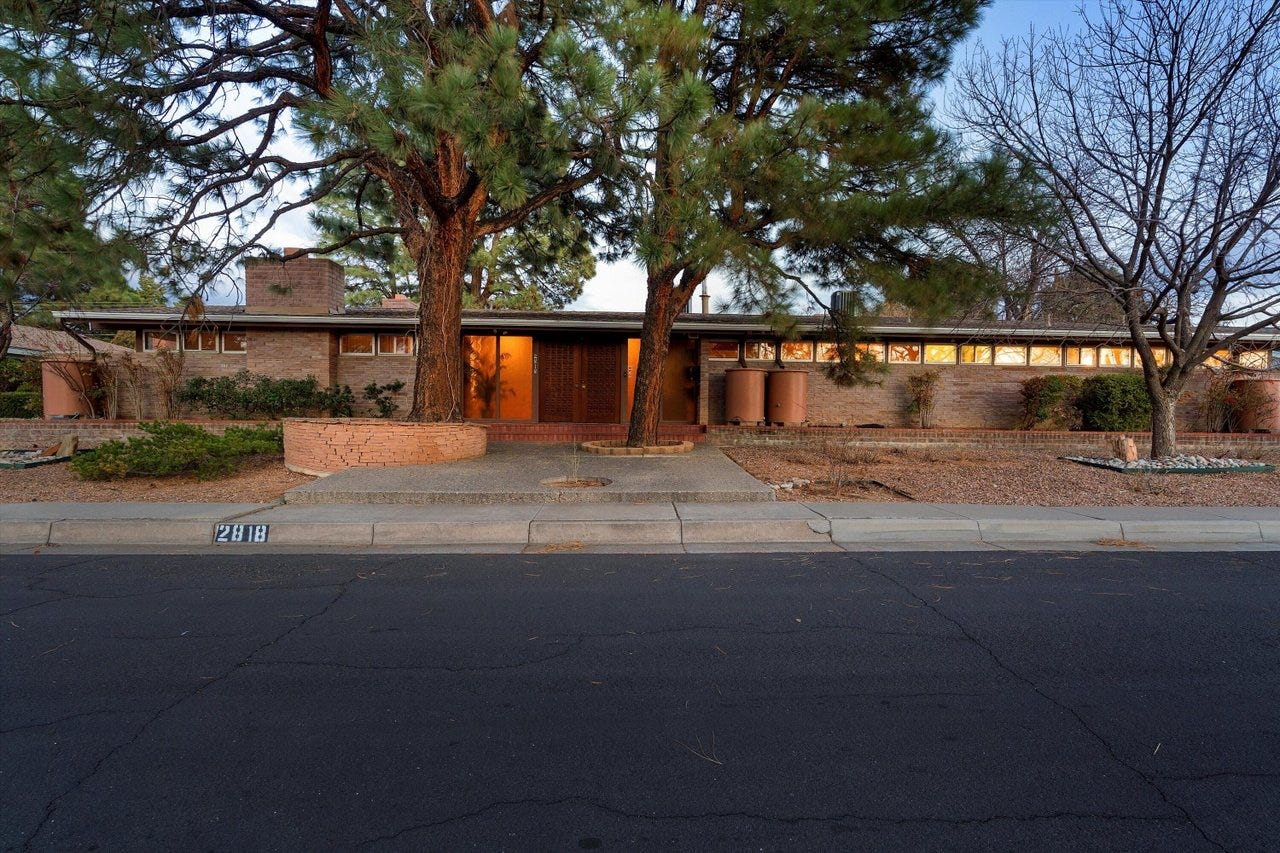

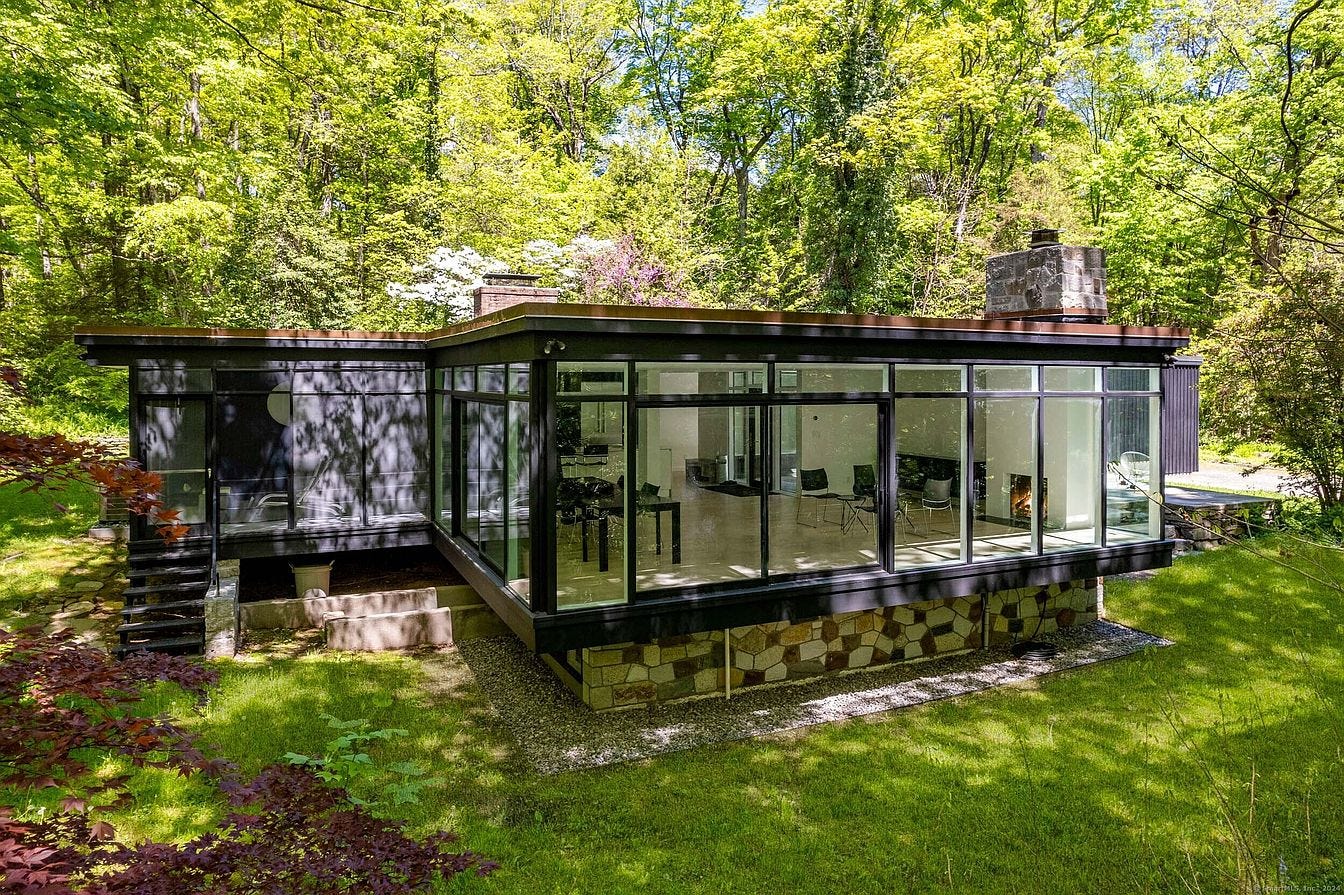
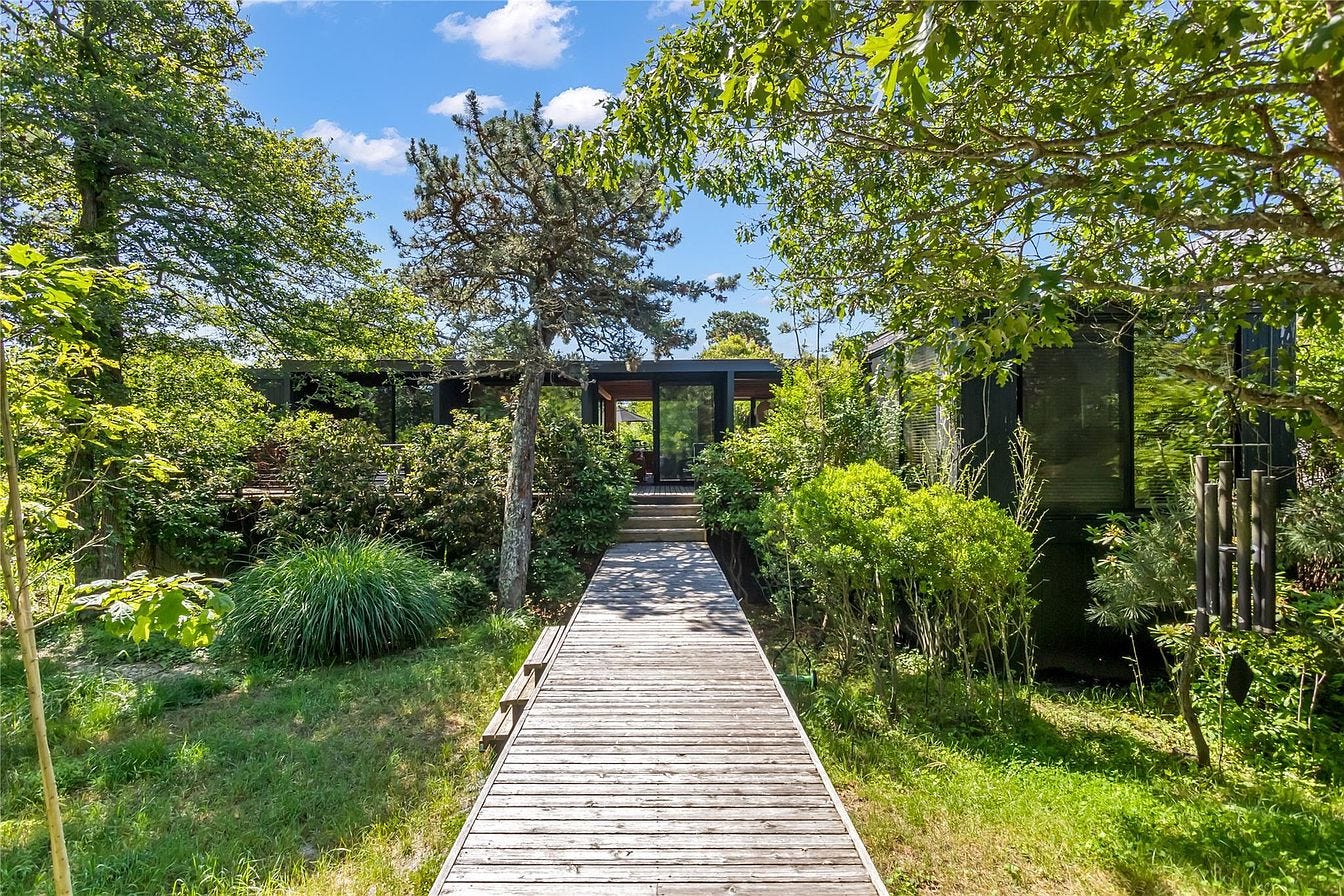
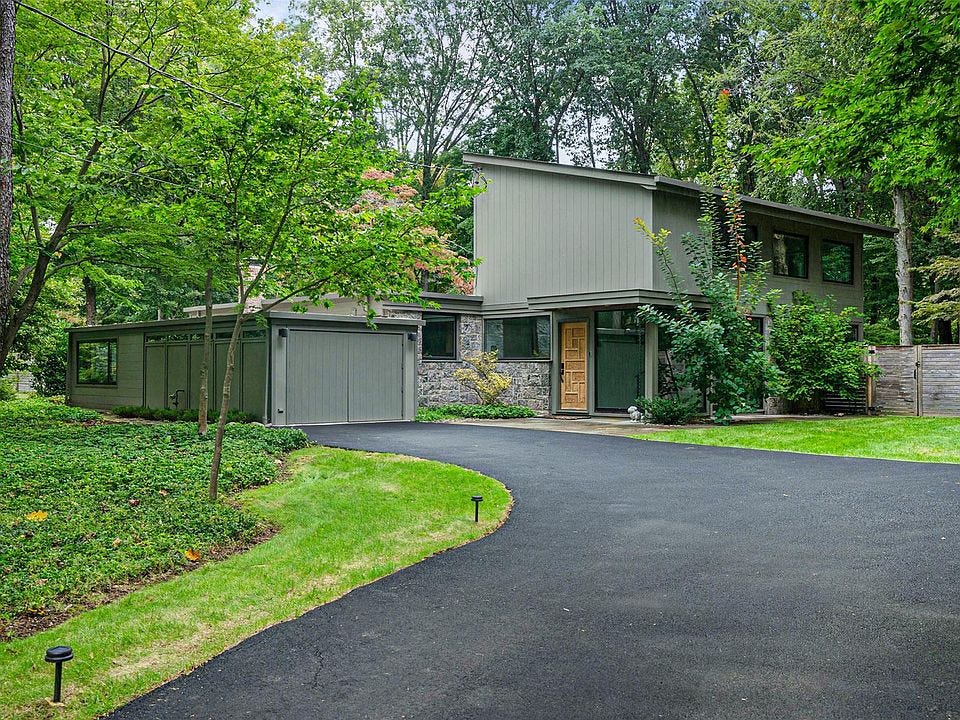


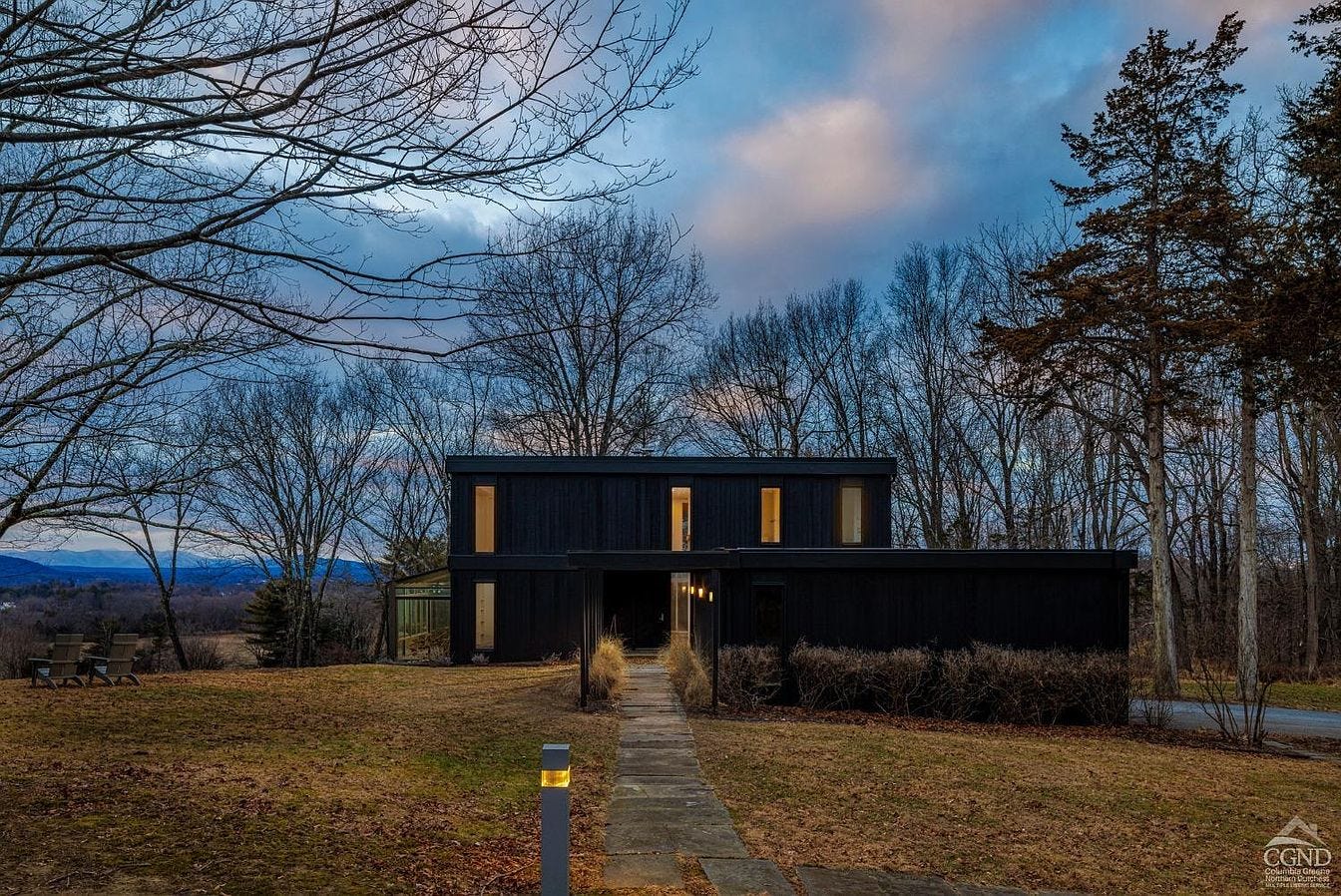
Dayton here I come!